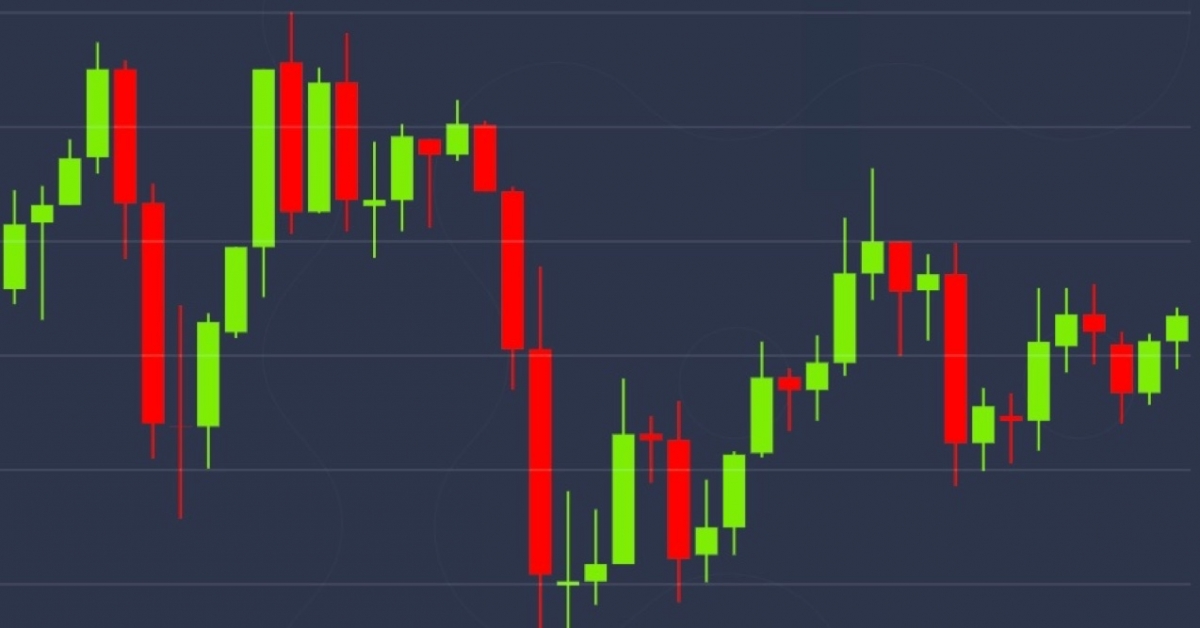Animoca Brands Invests $30 Million in Crypto Payments Application Hi
Metaverse gaming and venture capital giant Animoca Brands has invested $30 million into Web3 payments application and protocol hi. In addition, hi has forged a partnership with Animoca Brands to help bring utility to non-fungible tokens (NFTs) across its portfolio companies and throughout the Web3 ecosystem.
According to a press release, the partnership will create “deep integration” between Animoca Brands’ expansive network and hi’s services, anchored by hi’s Web3 financial “super app” and its layer 2 Ethereum sidechain hi Protocol.
Co-founder Sean Rach told CoinDesk that hi operates as a neobank, or a digital-only application that provides banking services, allowing users to transact in crypto or fiat. In 2022, hi teamed up Mastercard to issue debit cards that can be customized with NFT imagery.
Rach told CoinDesk that hi plans to use the funding to scale its app, as well as gear up for the mainnet launch of its Ethereum Virtual Machine (EVM) compatible hi Protocol. He added that as cryptocurrency utility expands, leveraging Animoca Brand’s network will help the company integrate its payments infrastructure into its portfolio companies and across the greater ecosystem.
“All of Animoca Brands’ partner companies and ecosystem companies have access to millions of people, so that’s an opportunity for us to provide our services there,” he said. “For [Animoca Brands], they get utility for their tokens and the ability for them to be spendable.”
Rach added that the majority of hi’s user base exists in Europe, though they’re planning to expand into Asia, Latin America and eventually the U.S. – on the condition of regulatory clarity.
While some protocols allow bots to register addresses and conduct trades, hi is working on implementing a Proof of Human Identity (POHI) into its know your customer (KYC) process – which doesn’t involve scanning eyeballs.
“Everybody sort of looks at a blockchain’s success by the number of active accounts, but as we all know, you can write a script and whip up 1,000 Ethereum addresses and use bots to trade,” said Rach. “Unlike Ethereum, where there are two types of addresses – it’s either generic user addresses for a smart contract or smart contract addresses – we’re going to have the third tier where these addresses prove to be unique.”
Hi says it currently has 3.5 million total users and 1 million KYC’d users – and aims to grow this number through its POHI implementation.
The conversation around crypto and identity has resurfaced amid the launch of OpenAI CEO Sam Altman’s Worldcoin project. The token utilizes iris scans to enact KYC, which has prompted some individuals, including Ethereum founder Vitalik Buterin, to share concerns over privacy.
Edited by Rosie Perper.








